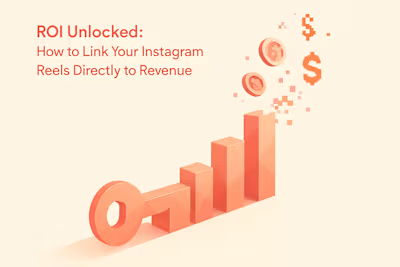Reels Analytics Deep Dive: The Best Tools to Measure Your Success

Reels Analytics Deep Dive: The Best Tools to Measure Your Success
Mastering Instagram's Native Analytics (Insights)
Accessing and Understanding Your Reels Insights
Key Metrics Available and What They Mean
Limitations of Native Instagram Analytics
Third-Party Analytics Platforms for Deeper Insights
Why Use a Third-Party Tool?
Overview of Social Media Management Tool Categories
What to Look For in an Analytics Tool
Website Analytics: Connecting Reels to On-Site Behavior
How to Use UTM Codes to Track Reels Traffic
Analyzing User Behavior from Reels
Building a Simple Analytics Dashboard
Key Metrics to Include in Your Report
Using Google Sheets or Data Studio for a Custom Dashboard
Conclusion
References
Reels Analytics Deep Dive: The Best Tools to Measure Your Success
Mastering Instagram's Native Analytics (Insights)
Accessing and Understanding Your Reels Insights
Key Metrics Available and What They Mean
Limitations of Native Instagram Analytics
Third-Party Analytics Platforms for Deeper Insights
Why Use a Third-Party Tool?
Overview of Social Media Management Tool Categories
What to Look For in an Analytics Tool
Website Analytics: Connecting Reels to On-Site Behavior
How to Use UTM Codes to Track Reels Traffic
yourwebsite.com?utm_source=instagram&utm_medium=social&utm_campaign=reels_september_2024. Yes, it's longer, but link-in-bio tools can shorten it. The important part is that Google Analytics now knows exactly which visitors came from your Reels efforts.Analyzing User Behavior from Reels
Building a Simple Analytics Dashboard
Key Metrics to Include in Your Report
Using Google Sheets or Data Studio for a Custom Dashboard
Conclusion
References
Posted Jun 30, 2025
Go beyond basic insights. We explore the native and third-party analytics tools that help you understand your Reels performance and optimize your strategy.








